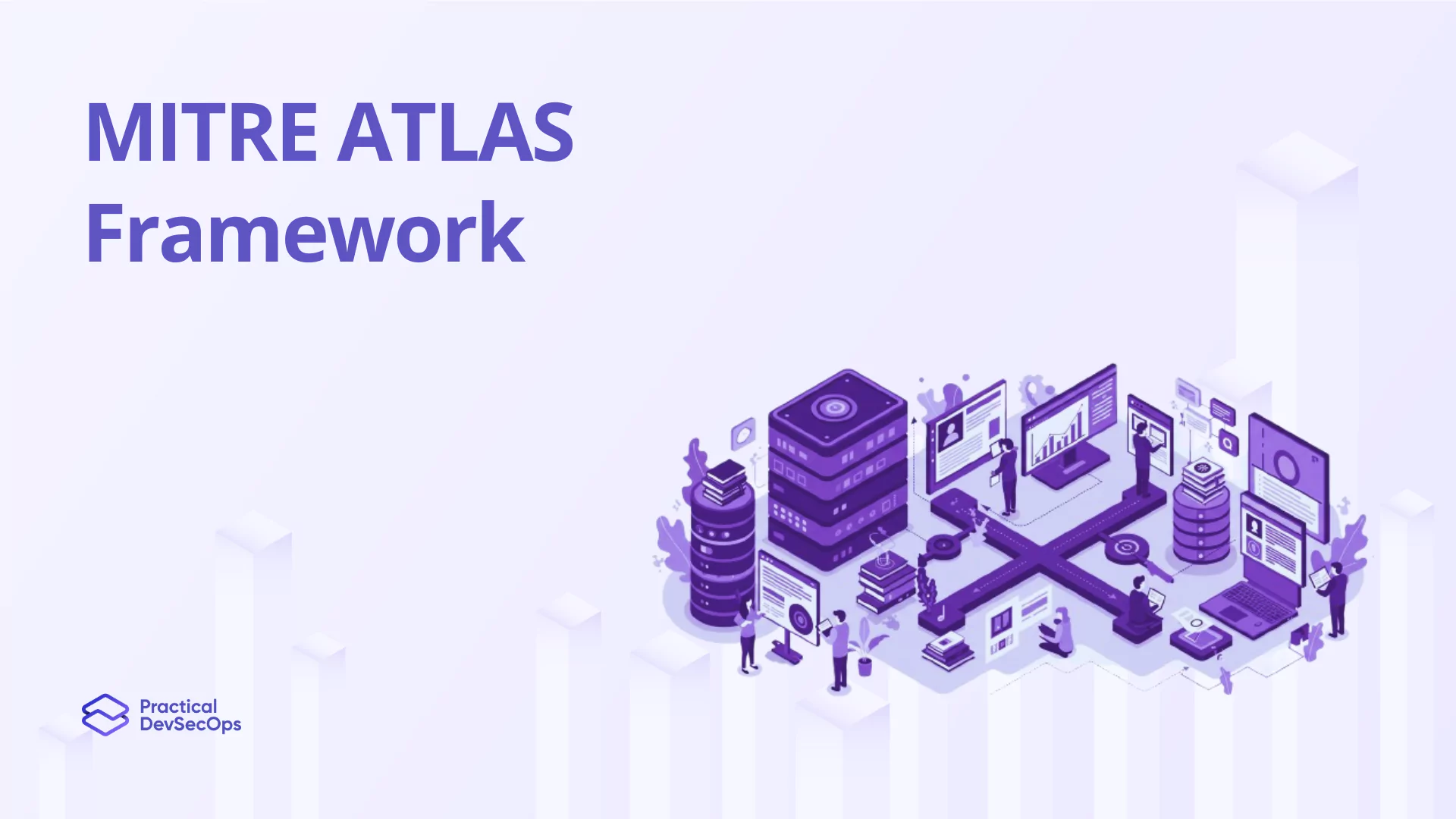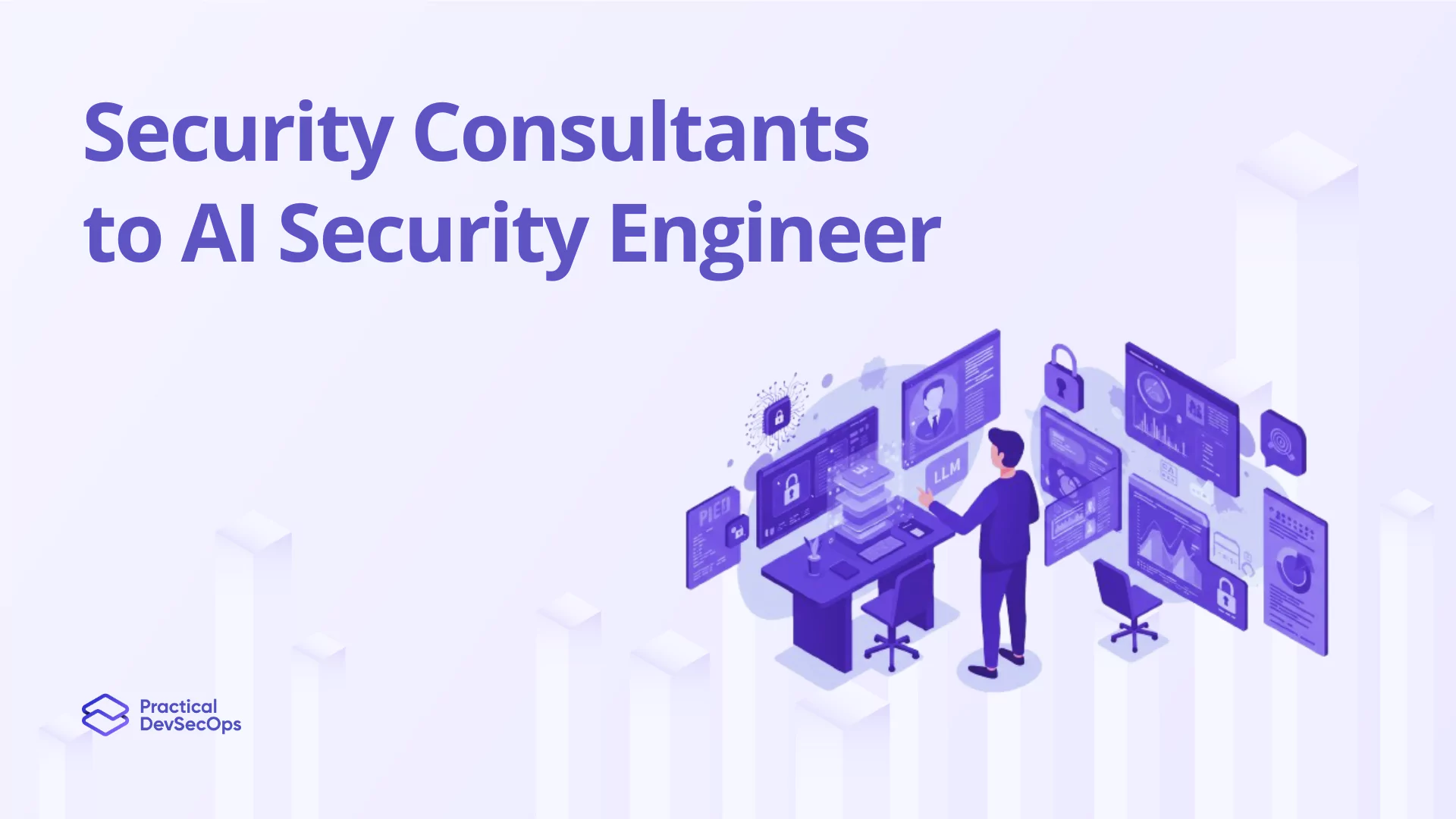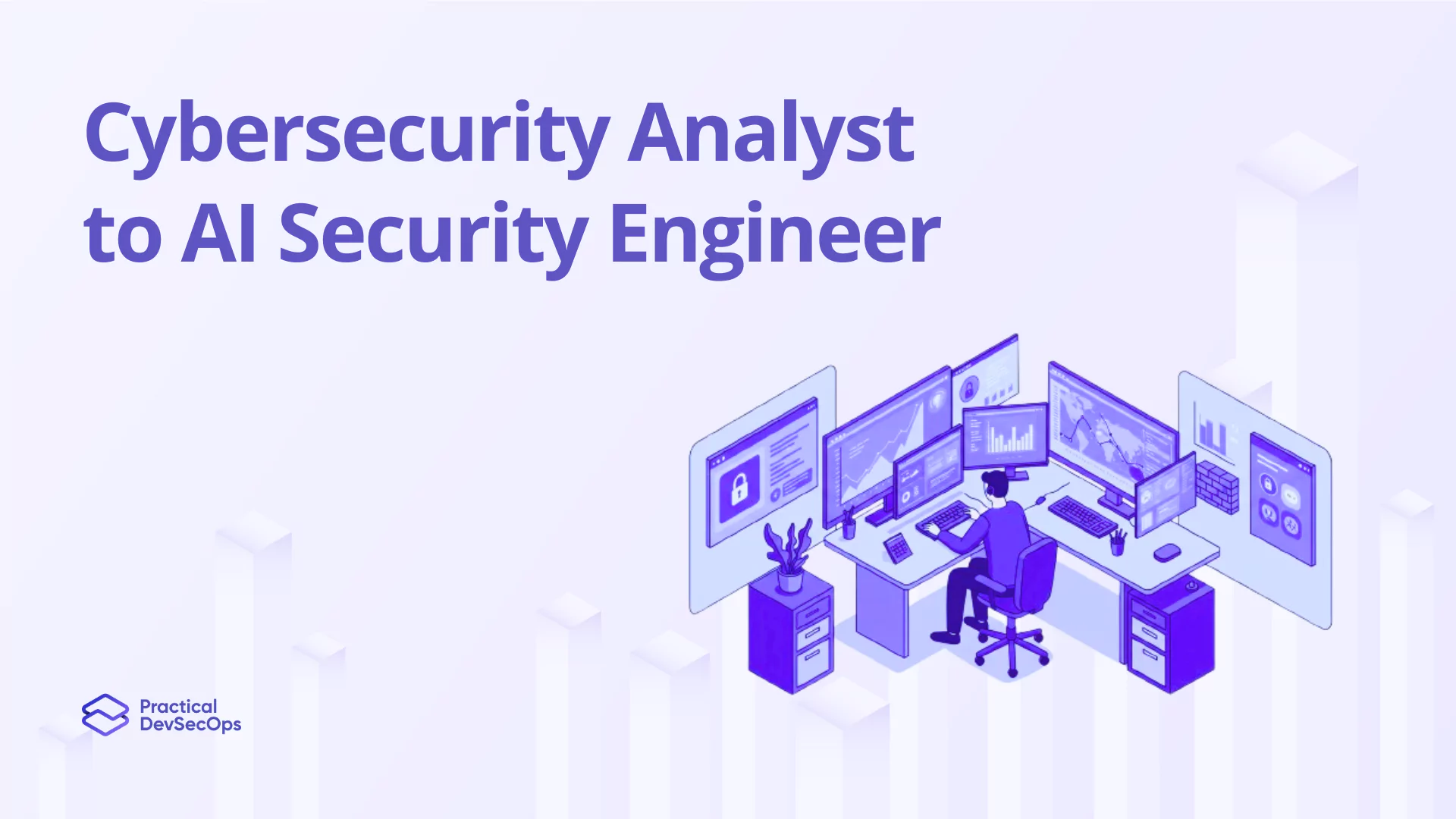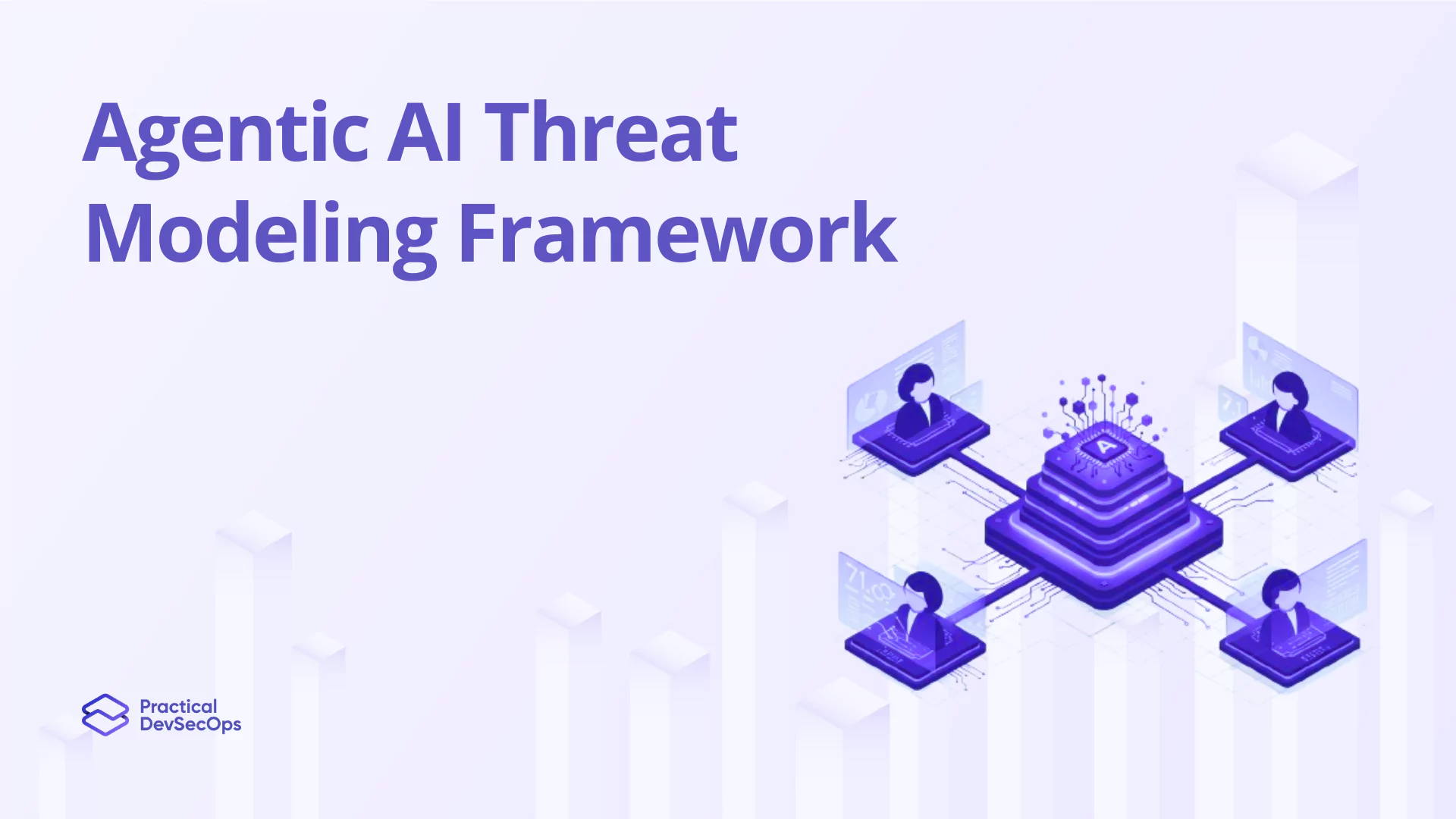What is the MITRE ATLAS Framework?
The MITRE ATLAS (Adversarial Threat Landscape for Artificial-Intelligence Systems) Framework is an exhaustive knowledge base of adversary tactics, techniques, and real-world case studies targeting AI systems. Furthermore, it is a valuable resource for understanding and defending against threats that are unique to AI.
TL;DR
MITRE ATLAS is a structured framework designed to identify, classify, and mitigate adversarial threats to AI and ML systems. It maps real-world attack techniques like data poisoning, model extraction, and prompt injection across the AI lifecycle. Security teams can use ATLAS for threat modeling, adversarial testing, and developing detection and mitigation strategies.
By integrating ATLAS, organizations can proactively secure AI systems with informed, standardized approaches. Ready to build secure and resilient AI systems? Enroll in the Certified AI Security Professional Course and gain hands-on expertise in defending AI with frameworks like MITRE ATLAS.
Why AI Security Matters?
As AI and machine learning become foundational to industries such as healthcare, finance, and cybersecurity now and in the future, we find the need to protect those systems and secure vulnerabilities from attacks and breaches is critical.
MITRE ATLAS seeks to provide a framework for identifying and managing threats to those systems.
Also read about AI Security Engineer Roadmap
Connection to MITRE ATT&CK
In contrast to MITRE ATT&CK’s focus on threats to traditional IT systems, MITRE ATLAS looks to identify vulnerabilities that are specific to AI and machine learning, such as adversarial inputs and model theft.
Components of the MITRE ATLAS Framework
The MITRE ATLAS Framework is intended to help organizations better understand and defend against attacks that target artificial intelligence (AI) systems. Here’s a straightforward explanation of the components:
1. Tactics: Adversarial Objectives
What are Tactics?
Tactics are the high-level target objectives of the attacker and the measures they take to attack AI systems.
Examples:
- Gathering information about the AI system (reconnaissance)
- Manipulating the outputs of an AI model
- Evading detection by AI-based defenses
Framework Details:
MITRE ATLAS outlines 14 distinct tactics, each adapted to the attackers’ approach to coming after AI systems. These tactics enable security teams to understand the “why” of an attacker’s behavior, not just the “how.”
Also read about AI Security Frameworks for Enterprises
2. Techniques: Methods of Attack
What are Techniques?
Techniques are the specific actions and methods adversaries use to carry out their tactics.
Examples:
Data Poisoning: Introducing malicious data into a training set to change the behavior of an AI model.
Prompt Injection: Introducing prompts that bias language models to produce harmful or unintended outputs.
Model Inversion: Recovering target data from an AI model.
Also read about How to prepare for AI Security Certification?
Why Important?
These techniques highlight the unique vulnerabilities of AI systems and provide a practical guide for defenders to recognize and mitigate threats.
Case Studies: Real-World Insights
1. Evasion of a Machine Learning Malware Scanner
Scenario: Adversaries bypassed a machine learning-based malware scanner with a universal bypass technique.
Attack Execution:
- Reconnaissance: Adversaries studied the malware scanner to gather publicly available information from talking points of conference presentations, patents, and technical documentation.
- Model Access: After studying the product and its application programming interface (API), adversaries could deduce the detection logic for the scanner as a result of simple backtracking.
- Attack Technique: They created malware samples that had inducing characteristics, causing the model to consistently misclassify. The “universal bypass” was then appended to various malicious files using the newly created bypass.
Tactics Used:
- Data manipulation and adversarial input crafting
- Model evasion through adversarial examples
Mitigation:
Model Hardening: Retrain the model with adversarially crafted samples to improve robustness.
Access Controls: Restrict public exposure of technical details and limit access to the model’s API.
Continuous Monitoring: Implement ongoing model performance monitoring to detect unexpected drops in detection rates.
Also read about Top AI Security Threats
Exploring the 14 Tactics in MITRE ATLAS
1. Reconnaissance
Attackers will gather information on the AI system (for example, its architecture, data sources, and vulnerabilities). They accomplish this by getting an idea of the internals of the system, and this information allows them to plan targeted attacks based on understanding the way the system works and where it may be vulnerable.
2. Initial Access
Entry into the AI environment typically requires the attacker to be able to enter the system. This can happen by going through compromised APIs, phishing links, or sometimes by exploiting software vulnerabilities; they aim to gain access to the system for further actions.
3. ML Model Access
Entry into the AI environment typically requires the attacker to be able to enter the system. This can happen by going through compromised APIs, phishing links, or sometimes by exploiting software vulnerabilities; they aim to gain access to the system for further actions.
4. Persistence
After an attacker has gained initial access into the AI environment, they continue to use similar methods to establish persistent access to the AI system. For example, they may achieve this through backdoors or malicious prompts, but they will also use unwitting/unintended actions to ensure there is a way back into the environment even after they have been detected.
5. Privilege Escalation
Attackers will seek to escalate their access to more effective controls within the AI environment. They may start as a lowly user and find privilege escalation opportunities to gain their way into more controls that either allow them to create disinformation or increase disruption to the AI system.
6. Defense Evasion
The goal here is to skip security entirely or disable security once they have gained access. Attackers will typically obfuscate their activities or make use of adversarial examples to escape detection and use the existing system to continue their actions without anyone being the wiser.
7. Credential Access
Adversaries often use authentication credentials, such as passwords or API keys, to gain unauthorized access to systems or data to further their attack goals.
8. Discovery
Attackers map out the architecture and elements of the AI system. They then can identify how data is flowing, identify which models are being used, and identify where sensitive data resides to plan future actions.
9. Lateral Movement
Once inside, adversaries move through the network or system to reach additional resources, models, or data. This helps them expand their control and access more valuable targets.
10. Collection
Once attackers can breach inside, adversaries can traverse systems or the network to reach additional resources, models, or data that assist in gaining extended access and additional valuable targets.
11. Command and Control
Attackers harvest valuable data such as training datasets, model parameters, or sensitive user data to be used for future attacks or exfiltration.
12. Exfiltration
This tactic is to manage compromised systems remotely. In the AI environment, attackers issue commands remotely over communication channels to issue the system exploits, to coordinate a series of attacks, or to update malware.
13. Impact
Attackers disrupt the AI system’s functionality, creating a situation where it fails or causing it to malfunction or generate incorrect outputs, as well as disrupting the organization’s operations.
14. ML Attack Staging
Attackers perform for an AI specific attack by preparing to use methods that are direct, creating adversarial data, and possibly building proxy models to perform performance testing before an actual attack is executed.
Also read about AI Security Checklist
Key Techniques to Watch Out For
Prompt Injection
Attacks involve adversaries manipulating input prompts to gamify how AI systems (like chatbots) behave in unexpected ways, often circumventing existing safety controls, to generate harmful or inappropriate responses.
Data Poisoning
Opponents corrupt the training data that builds AI models by injecting misleading or malicious data, which causes the model to make wrong, unreliable, or biased predictions, consequently affecting the reliability and trustworthiness of the model.
Model Extraction
This includes methods to reverse-engineer or steal the source AI model. The attacker will continually inspect or query the AI system to identify how it works with the aim of investigating intellectual property or making it available for a future attack.
Adversarial Examples
Attackers introduce highly tailored inputs to trick AI models into making errors. The attacker can make a change to an image such that the model will misclassify it, but the change is unnoticeable by humans.
Mitigation Strategies
Defensive measures include sanitizing user inputs and leveraging robust, rich, and varied data training inputs; looking for uncharacteristic activity; and investigating and auditing models for vulnerabilities, assumptions, and tampering issues.
Also read about AI Security System Attacks
Learning from Case Studies
Cylance Malware Detection Bypass
Attackers have used adversarial inputs to design a machine learning-based malware scanner to evade detection. By studying available public information and the behavior of the machine learning-based malware scanner under investigation, the attackers created files that would continue to avoid detection—effectively exposing a universal bypass for the entire system.
OpenAI vs. DeepSeek Model Distillation Controversy
The model extraction problems involve reverse engineering or copying of proprietary AI models outright and represent harms to intellectual property and security.
Attack Analysis
Cylance Bypass
Attackers would leverage public documentation and model APIs to conduct reconnaissance and create adversarial examples, which would get classified as safe by the model, circumventing all defenses. Gaps in defenses included a lack of adversarial robustness and other input validations.
Model Distillation Attacks
Attackers would query the target model extensively, followed by training their version of the target model using the return values. Defensive weaknesses often included unfettered API access and a lack of monitoring for abnormal requests to the API.
Also read about Building a Career in AI Security
Best Practices to Follow
Secure Training Pipelines
Protect data integrity and restrict access to training environments to prevent poisoning or extraction attempts.
Monitor Model Outputs
Continuously analyze outputs for anomalies that could indicate adversarial manipulation or extraction attempts.
Validate Data Integrity
Regularly audit datasets and model behavior to detect and respond to unexpected changes or suspicious activity.
These highlight the importance of robust security controls, continuous monitoring, and proactive audits to defend AI systems against threats.
Implementing MITRE ATLAS in Your Organization
AI security is something that organizations cannot afford to ignore anymore. Now is the time to act! First, take the time to perform a comprehensive assessment of your AI assets using the MITRE ATLAS framework; then, develop robust security policies that are appropriate to your specific AI use; lastly, commit to developing in-house expertise through dedicated training programs.
We encourage every organization to not only implement MITRE ATLAS but also:
- Contribute to the growing repository of threat intelligence for AI Security,
- Engage with the wider AI Security Community, and
- Share collective knowledge on weaknesses within AI systems.
By exchanging threat intelligence, collaborating on defensive strategies, and constantly updating our collective information on AI vulnerabilities, we can better secure AI as a global community and ensure AI is maintained as a tool of innovation and not exploitation.
Map AI Systems to ATLAS:
Identify your organization’s AI assets and map them to relevant MITRE ATLAS tactics and techniques. This helps pinpoint where your systems may be vulnerable to specific adversarial actions.
Risk Assessments:
Use the ATLAS framework to conduct structured risk assessments. Evaluate how each tactic or technique could impact your AI systems, and prioritize mitigations based on potential risk.
Simulate Attacks (Red Teaming):
Organize red teaming exercises that simulate real-world adversarial scenarios using ATLAS as a guide. This tests your defenses and reveals gaps in your security posture.
What will your teams learn from the Certified AI Security Professional Course?
- Counter threats using MITRE ATLAS and OWASP Top 10 through hands-on labs covering prompt injection, adversarial attacks, and model poisoning.
- Detect and mitigate risks with practical techniques including model signing, SBOMs, vulnerability scanning, and dependency attack prevention.
- Apply STRIDE and other methodologies to systematically identify, assess, and document security vulnerabilities in AI systems.
- Learn practical defenses against data poisoning, model extraction, and evasion attacks in production environments.
- Understand ISO/IEC 42001, EU AI Act, and other regulations to ensure ethical AI implementation and data protection.
Conclusion
MITRE ATLAS transforms AI security by addressing unique vulnerabilities like prompt injection and model extraction. The framework’s 14 tactics help organizations anticipate attacks and build resilient defenses. However, theoretical knowledge alone isn’t enough.
You need practical experience to implement these defenses effectively. Enroll in the Certified AI Security Professional Course to master MITRE ATLAS through hands-on labs and real-world scenarios.
FAQs
How does MITRE ATLAS differ from MITRE ATT&CK?
MITRE ATT&CK addresses threats to traditional IT systems, while MITRE ATLAS is tailored for AI-specific risks, such as data poisoning, adversarial inputs, and model evasion. ATLAS catalogs tactics and techniques unique to the AI threat landscape.
Can MITRE ATLAS help with regulatory compliance?
Yes. MITRE ATLAS supports compliance with regulations like GDPR by helping organizations identify, assess, and mitigate AI security risks, ensuring alignment with data protection requirements and reducing the risk of regulatory penalties.
What are common vulnerabilities in AI systems?
Common vulnerabilities include prompt injection, data poisoning, adversarial examples, and model extraction. These threats exploit AI-specific weaknesses, often bypassing traditional security controls.
How can I stay updated with MITRE ATLAS?
Stay informed by following MITRE’s official website, joining AI security community discussions, and monitoring updates from MITRE’s ongoing research and publications on adversarial AI threats.
Are there tools that integrate with MITRE ATLAS?
Yes. Tools like the ATLAS Navigator and other emerging security platforms enable organizations to visualize, customize, and operationalize the ATLAS framework for their own AI environments.
Does CAISP course cover the MITRE ATLAS Framework?
Yes, the CAISP course covers the MITRE ATLAS Framework comprehensively. The curriculum includes the ATLAS matrix alongside cybersecurity frameworks, providing new learners with specialized knowledge for securing AI and machine learning systems against emerging threats.
What You Can Learn:
- Reconnaissance tactics for gathering ML system intelligence.
- Understand resource development tactics for preparing AI attacks.
- Initial access tactics for gaining entry into ML environments.
- Explore ML model access tactics for interacting with AI systems.
- Study execution tactics for running malicious code in AI systems.
- Examine persistence tactics for maintaining access to ML infrastructure.
- Analyze privilege escalation tactics specific to AI environments.
- Understand defense evasion tactics for avoiding detection in ML systems.
- Learn credential access tactics targeting ML authentication mechanisms.
- Study discovery tactics for mapping AI system architectures.
- Explore collection tactics for gathering sensitive ML data.
- Understand ML attack staging for positioning attacks against AI models.
- Learn exfiltration tactics for stealing ML models and training data.
- Master impact tactics for manipulating and corrupting AI systems.
Also read about what AI Security Professionals Do?




